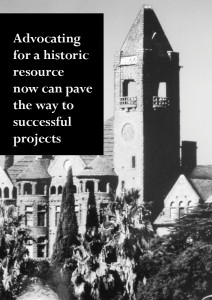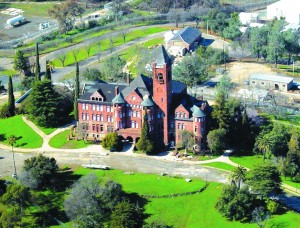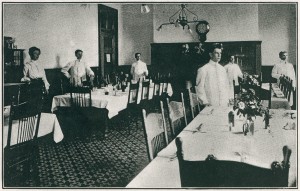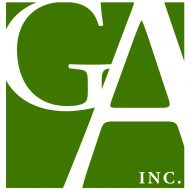 It could be said that there is probably no better friend to historic preservation than a recession. With slowed development pressures, advocates are in a great position to start planning now for future historic preservation projects.
It could be said that there is probably no better friend to historic preservation than a recession. With slowed development pressures, advocates are in a great position to start planning now for future historic preservation projects.
Do you know of an untapped or underused historic resource in your community? Perhaps an unoccupied building that has fallen into disrepair, or an older or historic district that is in desperate need of revitalization? Now is the perfect time to begin advocating for your community, to initiate proactive planning, and to direct funding for future projects.
Garavaglia Architecture, Inc., provides a variety of services that are tailored to help launch your planning process including:
 Strategic Planning
Strategic Planning- Feasibility Studies
- Commercial District Revitalization
- Grant research and support
- Fundraising support
- Use Studies for Fundraising
- Stewardship Training
- Visioning and Board Training
Please feel free to contact us to find out more about our services or to discuss how we can help.
Case Study: In rural Amador County, a National Register listed juvenile reform facility had been abandoned since the 1960s. To save this unique resource, a group of local individuals initiated key steps to save the site. Their efforts included:
- Forming a non-profit foundation
- Numerous successful fundraising & promotional activities
- Securing grants including one from the National Trust for Historic Preservation for a rehabilitation study
- The Foundation’s preservation efforts were recognized with a 2008 California
 Preservation Foundation President’s Award.
Preservation Foundation President’s Award.
Garavaglia Architecture, Inc. was retained to assist the Foundation and to date we have provided services that include:
- Rehabilitation planning, potential use consultations, core Historic Structures Report, National Register nomination update planning, identification of additional rehabilitation funding, and community visioning workshops
- Guidance on maintenance and stabilization to sustain funding opportunities
- Assistance and direction to the Foundation including board training and visioning services
